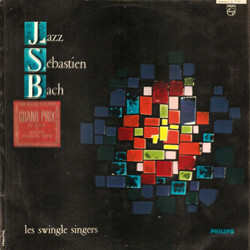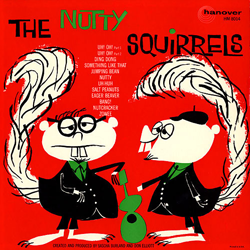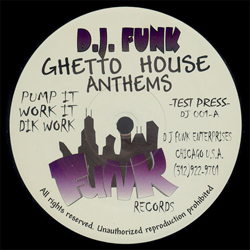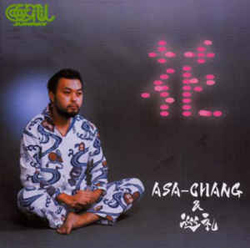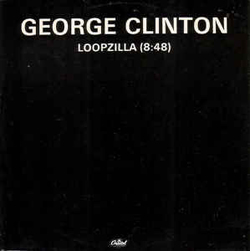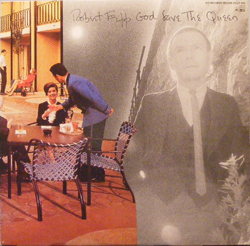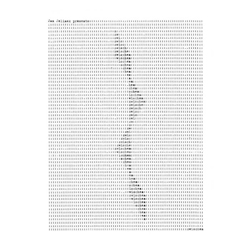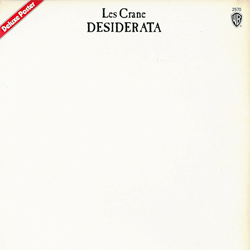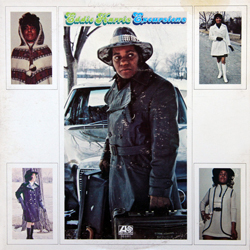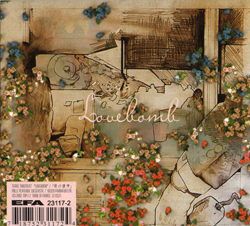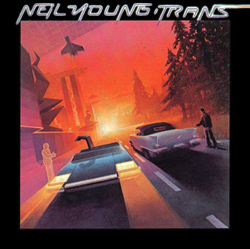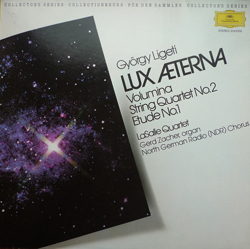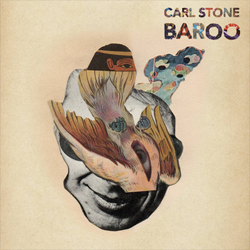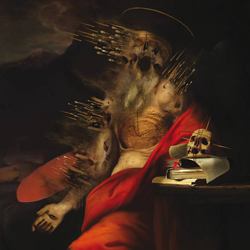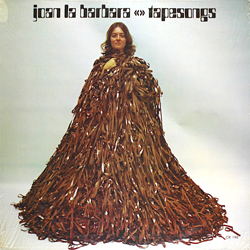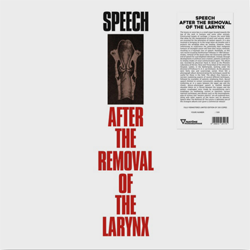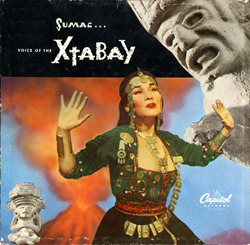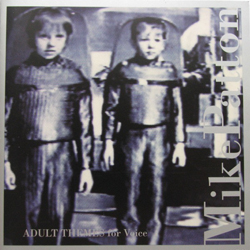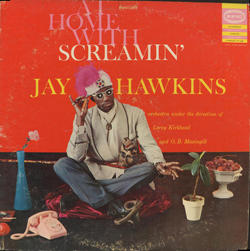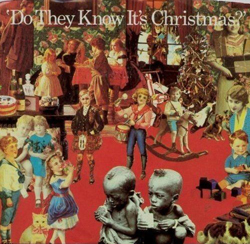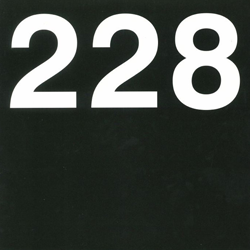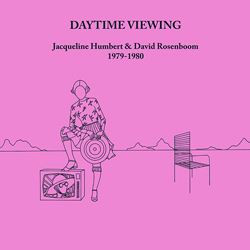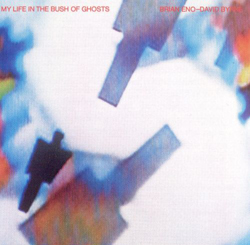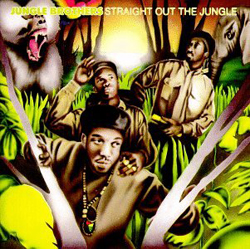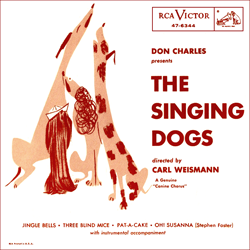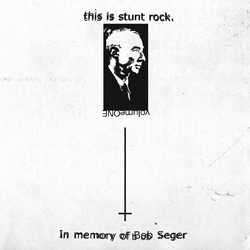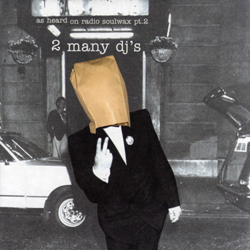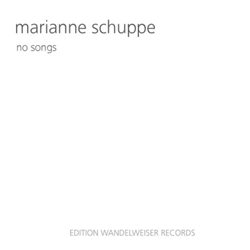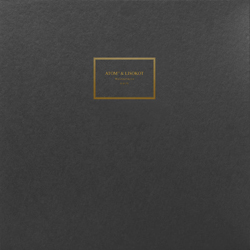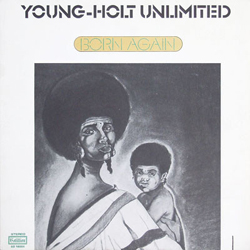From Breath To Death
Post-Human Vocalization is fashioned as a listening guide, stringing together a wide range of single recorded songs (not 'singers' and not whole records) to tease out a specific operation performed on the human voice through the act of recording. This project developed haphazardly after being invited by Ross Gibson to submited for the anthology Voice: Vocal Aesthetics in Digital Media and Media Art, MIT PRess, Massachusetts, 2010. Ross co-edited the book with Norie Neumark and Theo Van Leeuwen. My submitted chapter Vocalising The Post-Human contained a list far too long and was understandably trimmed for the anthology. The full list (with more additions likely to come) has formed the basis of this book proposal.
Prologue: Breath
The voice is corrupted by being human. The evolutionist assumption that ‘voice’ inevitably implicates a human producer limits the potential breadth of its definition. The human-centric notion that a voice is both the organ of intelligible transmission and the inalienable vessel of human emotion submits to a most vain image of the voice. A wealth of trans-historical discourses and intercultural myths forms a formidable front to ensure the voice remains a gilded talisman which – like the mimetic oval of the human face – will assure all it is an essentialist sign of the human. This essay chooses to disregard that the voice is such a mirage. We will investigate the voice (i) as auditory signification of the limits of its presence in the human zone; and (ii) as material evidence of how recognisable and identifiable traces of the human can dissolve before our very ears.
The voice can subsume non-human appellations and contort into multiple characterizations beyond itself. It can mimic the giggle of a baby and the approach of a steam engine; it can control an unruly crowd through truthful exposure and it can whisper erotic lies into the ears of a lover. It innately tends toward illusion and fallacy, for truth and lies are primarily vocal in their occurrence due to acts of ‘saying’. The human voice readily becomes its Other through vocalization. Conversely, the face retains its visible base onto which are mapped the mannered means for shaping itself into facial variations. The pulled face – even the gurned or disfigured face – will always be marked by its human physiology. The voice – through the multiplicity of its invisibility – will always locate itself in adverse directions beyond the origin of its generation and production. Like the thrown voice coming from somewhere else, the voice sings, speaks, screams and states its residence in Otherness.
Ultimately, the voice can reach far beyond itself, and hence beyond the limiting definitions of being human. Three observations lead to this position. Firstly, the voice is the body’s most powerful tool for engineering the post-human: a figure of the human reconstituted not according to humanist dogma, but through a play with abject materiality and a handling of fluid morphology integral to the voice’s performative energy. Secondly, the voice manifests itself this way more by relinquishing control than it does by mastering itself. Arcing from being unrefined to being manicured, unprocessed to cosmeticised, malnutritioned to bloated, the voice stretches beyond normative degrees of qualification. While it is often stabilised in a middle-ground of technical execution and aesthetic perfection, the voice just as often diverges from that zone through inability to control itself or refusal to be controlled. And thirdly, the voice opens itself up to these applications by refuting its solitary positioning and unique stamping – the self-gratifying idea that it can trumpet individuality in the human – and in place explores how it can be many things at once. In its voiding of soloistic function, the voice expands its field of apparition, welcomes its Others, and maintains its post-human composition.
There is only one way in which the voice is human, and that is through its breath. If one desires humanist contact and human-centred discourse, then breath is the sign of life you seek. It is the audible rhythm of living in the world, of inhaling and exhaling the spatial cosmos of social exchange. If life is precious, than so be breath. When the body is at the threshold of being extinguished, breath is its sonic life-line – so silent it is best registered as a visual atmospheric upon the mirror held under the nose. Neither voice, words nor language are required or expected at this penultimate stage of life. The articulate singing voice that projects an image of the conscious human – capable of language and social expression – is the voice masquerading as a living force. Its recourse to language remits it to symbolically celebrate its distance from death, from the primal scream of the baby birthed into bright light to the unheard death rattle of the aged in the dark of night. But that same remit blocks the articulate singing voice from confronting voice at its elemental, its guttural, its expulsive. Post-human vocalisation thus refers precisely to how the voice returns to breath – not merely as an attempt to escape language, but as an open embrace of how breath is the vital fuel that prompts the body to sing.
The haunting wispiness of a beautiful female aria; the stilling innocence of a child’s nursery rhyme; the rugged honesty of a folksy male ballad – such apparitions of the human voice fall on deaf ears in this essay. We will instead audit the choruses of post-humans who have sung the body in alien and alienating ways. The intention of this essay is to construct a basic matrix for perceiving how the voice in song and performance flashes and fleets between fixed nodes of self identity to define a host of Others in its slippery recourse to not be the container of a singular human. Five procedures will be detailed:
Multiplication
Schizophrenic multi-tracking - how the voice becomes all that it cannot be in order to engineer choruses of mirrored selves.
(Meredith Monk, Boredoms, Cornelius, Destiny's Child, Michael Jackson, Karlheinz Stockhausen, Queen, Gavin Bryars, Philip Glass, Steve Reich, Yes, Donna Summer, The Swingle Singers, The Nutty Squirrels, D.J. Funk)
Addition
Linguistic cross-talk - how the voice captures and stages a performative space and modulates semantic linearity with poetic verticality.
(Lord Buckley, John Cooper Clarke, John Giorno, Van Dyke Parks, Scott Walker, Ennio Morricone, Robert Ashley, Laurie Anderson, Joanna Newsom, LCD Sound System, Asa-Chang & Junray, George Clinton, David Byrne & Robert Fripp, Jan Jeliek, Les Crane, Eddie Harris, Terre Thaemlitz)
Subtraction
Granular override - how the voice corrupts its material identity to generate an aural apparition of its voided self.
(Yoko Ono, Furious Pig, Diamanda Galas, Meshuggah, Luciano Berio, Jane Birkin & Serge Gainsbourg, Pauline Oliveros, Maja Ratkje, Language Removal Services, Laibach, Neil Young, Gyorgy Ligeti, Carl Stone, Inhumankind, Joan La Barbara, Harm A. Drost, Yma Sumac, Mike Patton, Screaming Jay Hawkins)
Division
Textual refraction - how the voice governs the interlocking of song narrative through quotation and referencing the pre-spoken.
(Lou Reed, Grace Jones, Daniel Steven Crafts, Grandmaster Flash, Grandmaster & Melle Mel, Ilhan Mimaroglu, Human League, Roxanne Shante, The JAMS, Ice-T, Band-Aid, Neil Luck & Musrac, Brian Eno & David Byrne, Jungle Brothers, Carl Weismann, Stunt Rock, 2 Many DJs)
Expansion
Exponential assemblage – how the voice declares its encoding to vocode a cosmetic simulation of itself.
(10CC, Black Box, Ilsa Gold, Kraftwerk, Hyper On Experience, Daft Punk, Will Powers, Perfume, Sparks, Cher, T-Pain, Marlene Schuppe, Atom & Lisokot, Peter Drake, Young-Holt Unlimited)
Text © Philip Brophy 2010. Images © respective copyright holders















